This October is the seventh annual National Cybersecurity Awareness Month sponsored by the Department of Homeland Security. So it seems fitting to note, in the manner of a State of the Union Address, that the overall state of our cybersecurity is quite good: The threat level is most assuredly high, but industry and government have struck appropriately vigilant postures and are doing commendable jobs of mitigating it.
Private-sector security providers — including several BSA member companies — are offering frequently improved products to help large and small enterprises and end users protect themselves from cyber threats. The Obama administration is vigorously pursuing the policy agenda it outlined in its path-breaking May 2009 Cyberspace Policy Review. DHS is conducting regular preparedness drills with public, private and international partners. And there is an emerging consensus about many of the key elements of what would constitute a global cybersecurity framework, which is critical, since cybersecurity is by its nature a global issue.
Here at BSA TechPost, we intend to mark National Cybersecurity Awareness Month with a series of posts that will delve a bit deeper into several important cybersecurity issues, including:
- Identity and authentication. For people to lead safe and secure lives in cyberspace there must be reliable ways for them to maintain control of their identities. New technological innovations will be critical in this regard — as will the administration’s National Strategy for Trusted Identities in Cyberspace.
- Cloud computing. Software as a service accounts for just 5 percent of all software sales last year, but it is growing five times faster than the rest of the market. Privacy and security should be among the guiding principles in its continued growth.
- Innovation and cybersecurity. The two are tightly intertwined. As hackers constantly adapt their tactics to take aim at new targets, it is critical to design new defenses against them..
- Legislative solutions. There are a number of concrete steps Congress can take to bolster cybersecurity. But overly prescriptive measures could inadvertently stifle innovation.
In addition to posts on those topics, we will also be providing a thorough update of our Cyberspace Policy Review Dashboard, which tracks key developments in the cybersecurity arena against the policy agenda that the administration announced in its policy review.
Stay tuned.

